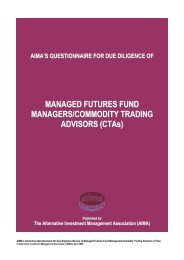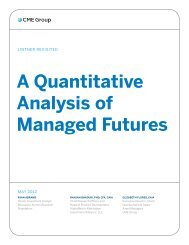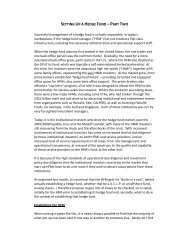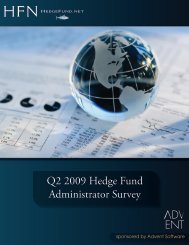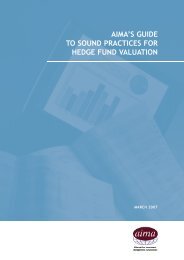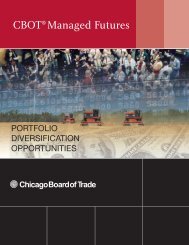Stochastic Volatility and Seasonality in ... - Interconti, Limited
Stochastic Volatility and Seasonality in ... - Interconti, Limited
Stochastic Volatility and Seasonality in ... - Interconti, Limited
Create successful ePaper yourself
Turn your PDF publications into a flip-book with our unique Google optimized e-Paper software.
of κ (= 2.2708) implies that the so-called half-life of shocks to the seasonal adjusted variance<br />
rate v t is 0.305 years (= log 2/κ), under the risk-neutral probability measure. Basically, this<br />
means that it takes about three to four months before a given shock <strong>in</strong> volatility (e.g. due to<br />
changes <strong>in</strong> harvest expectations or temporary changes <strong>in</strong> dem<strong>and</strong> for soybeans) is expected to<br />
have levelled off to half of its immediate effect. Under the true probability measure, however,<br />
the degree of mean-reversion is even stronger <strong>and</strong> estimated to be 5.0754 (= κ − λ v σ v ) which<br />
corresponds to a half-life of shocks of 0.137 years, or about one <strong>and</strong> a half months. Moreover,<br />
under the true probability measure the long-run level of the seasonal adjusted volatility, as<br />
reflected <strong>in</strong> the estimates <strong>in</strong> Table 3, is 17.4% (= √ θ/5.0754). These long-run volatility levels<br />
seem well <strong>in</strong> accordance with the overall average Black-Scholes implied volatility of 19.99%,<br />
as tabulated <strong>in</strong> the summary statistics <strong>in</strong> Table 2.<br />
The seasonal variation <strong>in</strong> volatilities is captured by the seasonal function ν(t) def<strong>in</strong>ed <strong>in</strong> (8).<br />
This function is a sum of self-repeat<strong>in</strong>g trigonometric functional terms. In our estimation we<br />
have on beforeh<strong>and</strong> limited the number of terms to two <strong>in</strong> order to keep the model sufficiently<br />
parsimonious for numerical optimization to be possible <strong>and</strong>, hence, <strong>in</strong> our implementation this<br />
function is described by a total of four parameters: ν 1 , ν1 ∗, ν 2, <strong>and</strong> ν2 ∗.14<br />
All the seasonal<br />
parameters are estimated to be significantly different from zero. The seasonal pattern <strong>in</strong><br />
volatilities that the parameter estimates reflect is illustrated <strong>in</strong> Figure 3 where the seasonal<br />
function ν(t) is plotted.<br />
[ INSERT FIGURE 3 ABOUT HERE ]<br />
The figure illustrates that the seasonal function has two local maxima <strong>and</strong> two local m<strong>in</strong>ima<br />
(though, this feature is much more clear for the convenience yield seasonal function α(t), as<br />
to be discussed below). The global maximum is achieved <strong>in</strong> late July about two months prior<br />
to the beg<strong>in</strong>n<strong>in</strong>g of the US harvest (which occur from mid to late September <strong>and</strong> through<br />
October). 15 The flower<strong>in</strong>g <strong>and</strong> pod fill<strong>in</strong>g of the plant, which is of crucial importance for<br />
the f<strong>in</strong>al seed yield <strong>and</strong> soybean production occur around this time, <strong>and</strong> this is thus a period<br />
14 We have estimated the model <strong>in</strong>clud<strong>in</strong>g additional terms <strong>in</strong> the seasonal functions ν(t) <strong>and</strong> α(t) (the analog<br />
for the convenience yield process) but keep<strong>in</strong>g all other parameters fixed at the estimated values <strong>in</strong> Table 3. This<br />
did not affect the estimated seasonal patterns substantially. Also, it may be noted that <strong>in</strong> a similar analysis with<br />
futures price observations <strong>and</strong> seasonality <strong>in</strong> convenience yields, Sørensen (2001) limits the relevant number of<br />
terms <strong>in</strong>volved <strong>in</strong> the seasonal function to two based on a formal criteria, the Akaike Information Criteria.<br />
15 The global maximum of the seasonal function ν(t) is reached on July 21 where the function value is 0.365<br />
while the global m<strong>in</strong>imum is reached on March 23 where the function value is -0.249.<br />
18


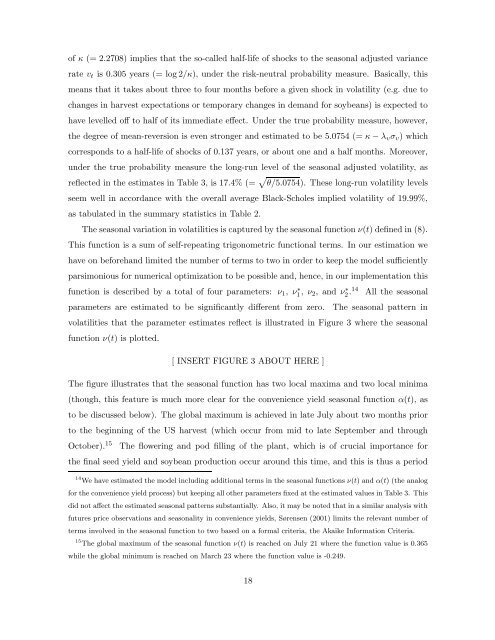
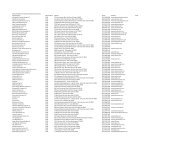
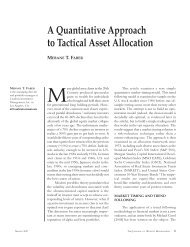
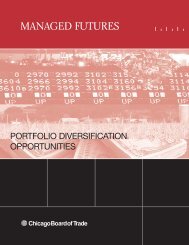

![Definitions & Concepts... [PDF] - Cycles Research Institute](https://img.yumpu.com/26387731/1/190x245/definitions-concepts-pdf-cycles-research-institute.jpg?quality=85)
